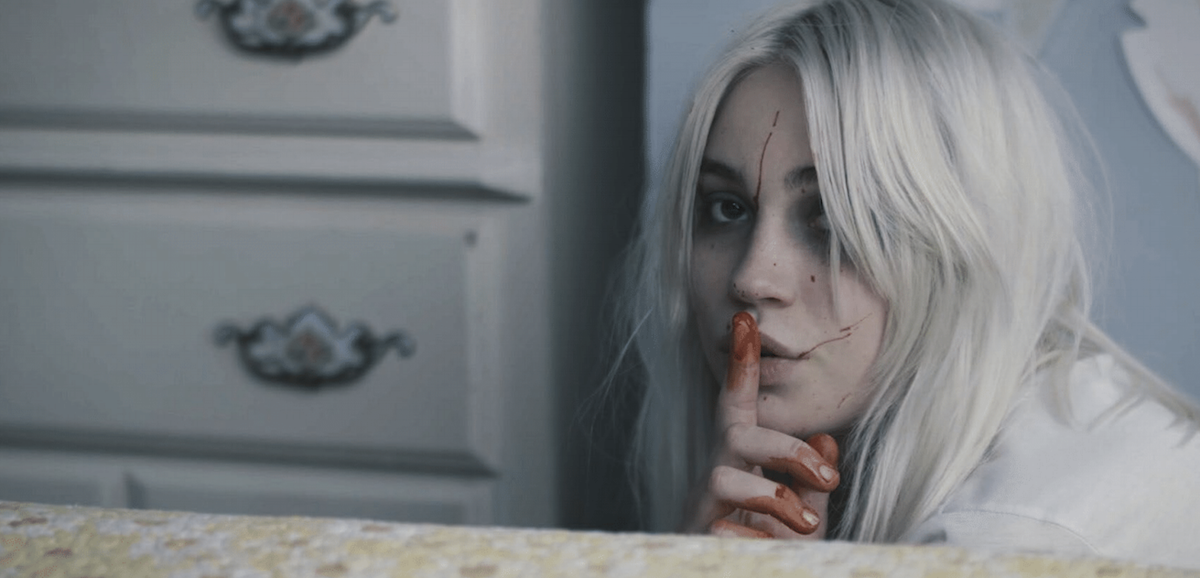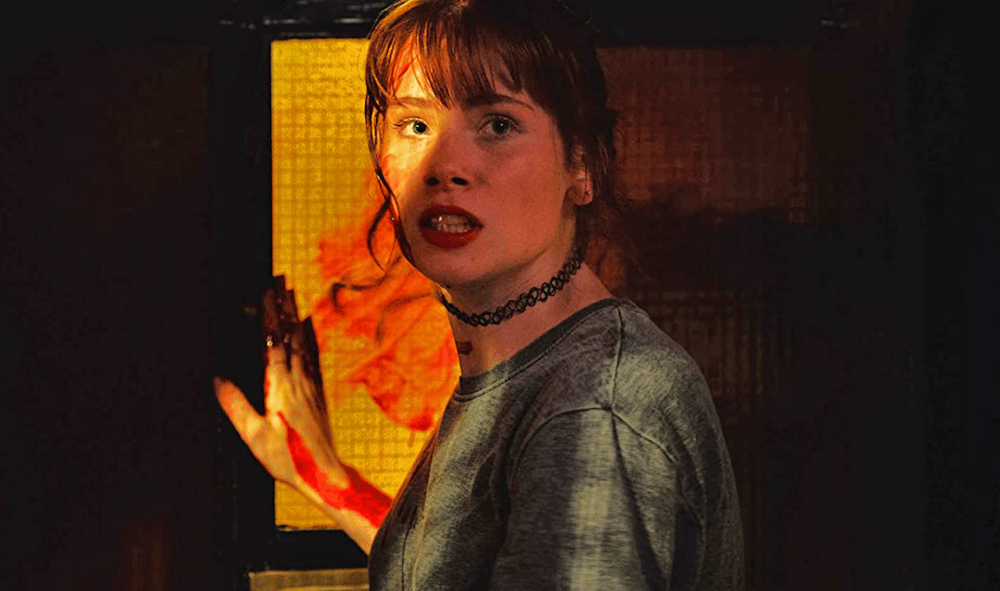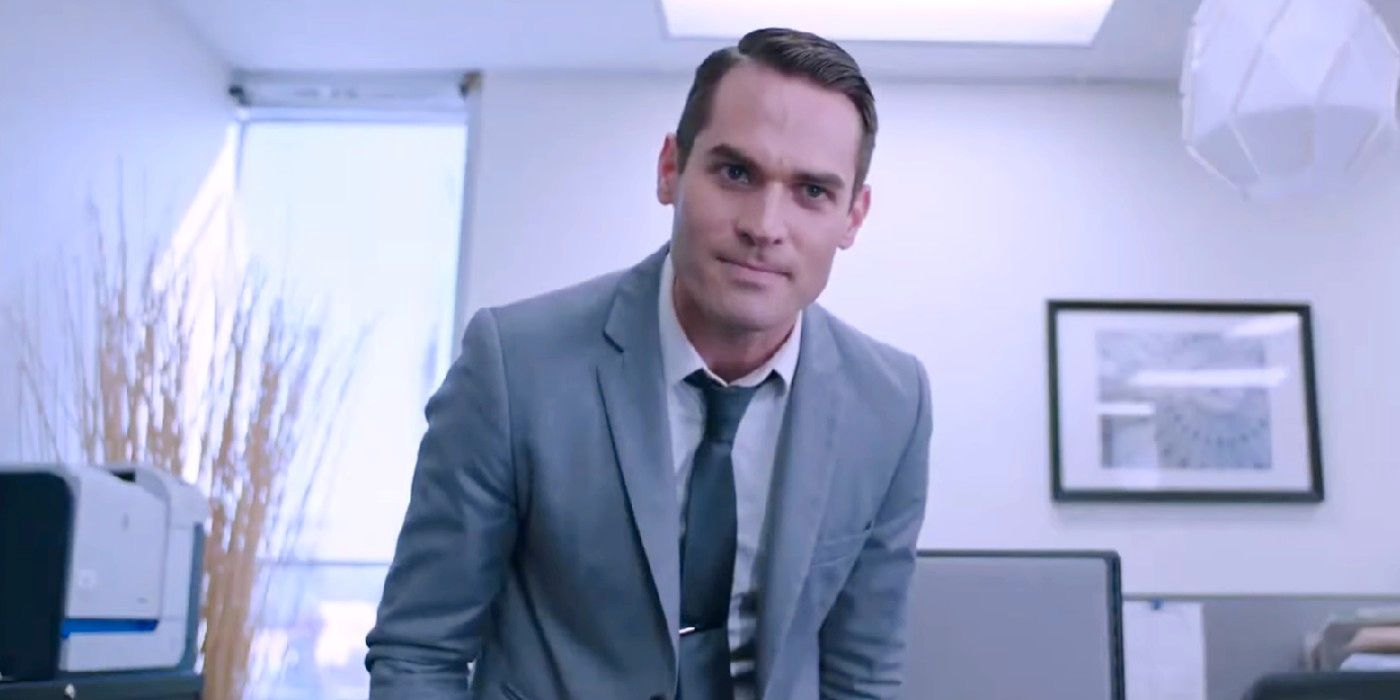Double Walker
by Hope Madden
You know that lyric from It’s the Most Wonderful Time of the Year — “there’ll be scary ghost stories”? I was an adult before I realized Andy Williams was talking about Scrooge.
Filmmaker Colin West reminds us that that story, and Christmas ghosts in general, can be pretty scary and awfully damaging in his latest, Double Walker.
We open on a blood stain, then a funeral, then a despondent mother (Maika Carter), but her grief is more complicated than it looks.
From there, West’s film follows one young woman (co-writer Sylvie Mix, Poser) who looks very cold and vulnerable on the wintery streets of Columbus, Ohio. As one nice guy after another offers aid, West toys with your preconceived notions. Is she a dangerous psychopath? A victim in the making? Is Double Walker possibly a riff on Emerald Fennell’s glorious Promising Young Woman?
Not exactly. And maybe. But not really.
What the filmmakers have done is to fracture a storyline in favor of a mood, one that takes on the surreal qualities of a haunting.
A meditation on trauma, Double Walker sidesteps easy summarization but never feels unmoored. Like the old Dickens story, this tale wonders at the ripple effects of behaviors, how a change here or there might yet alter the course of events.
Mix is hollow, chilly melancholy as the central figure, wandering into and out of an interconnected group of lives. The almost expressionless performance through the bulk of her screentime allows the mystery to unravel around her without giveaways. It also adds weight to the rare smile and horror to her sudden movements.
Not every performance is as strong, but West evokes such a poignant and dreamlike atmosphere that minor acting hiccups can be overlooked. He casts a spell with his feature debut and it’s hard not to wonder what both he and Mix might do next.













